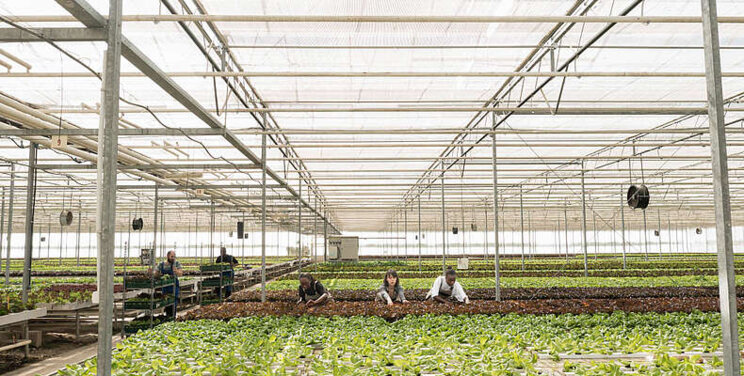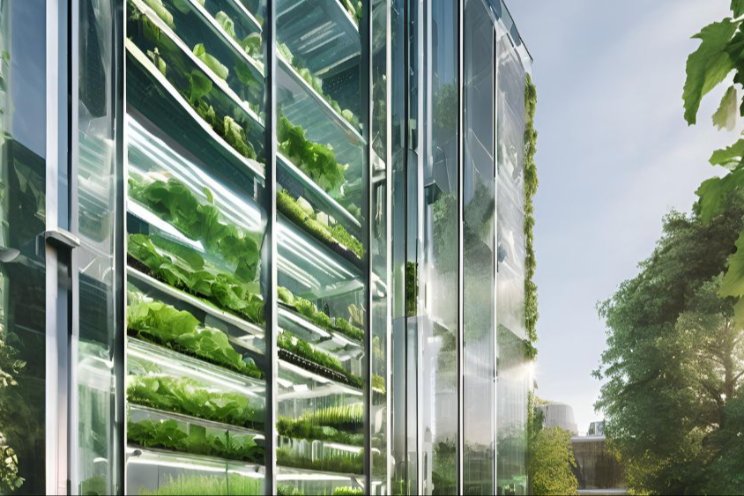Combat energy costs
Added on 26 September 2022

Fossil fuel prices have risen as much as 100% over the past year with daily changes as much as 20%. The first step to compensate for this is to implement energy conservation measures. The following tips are four low-cost measures with a short payback based on data from 20 years of greenhouse energy audits.
Service the heating system. With fuel prices more than doubling over the past two years, maintaining the heating system at peak efficiency is important. The increase in efficiency from a service call usually has a payback of only a couple of months.
I have observed efficiency in some older systems as low as 60%. For furnaces and boilers that test less than 75% efficiency, consider replacement. New oil-fired equipment can have as high as 85% efficiency, and gas equipment, especially condensing units, will operate at more than 90% efficiency. There is also a significant reduction in pollution with higher efficiency. The Natural Resource Conservation Service (NRCS) in most states has incentive payments to help cover the cost of upgrading.
Energy screens. A single screen can save 30% or more in fuel use. Although initially expensive to install, payback is usually four years or less depending on your location and when the greenhouse is heated.
Screen systems do need to be maintained. Regular maintenance is needed to keep proper tension in the cable system. Pulleys and gear motors should be lubricated once or twice a year. Screen materials tend to wear at the rub points or where they are supported by hooks. The NRCS EQIP program in some states has been funding replacement of material that exceeds its normal useful life of eight to 10 years.
Be sure to check your screen seals. Gaps at the truss or around the perimeter allow heat to escape due to the chimney effect. I have been in greenhouses where it was warmer above the screen than below showing that heat was escaping through holes, or gaps around the edges. Closed weave energy screens need to be installed to provide a tight seal all the way around the edges. The most common method is to install a narrow ledge along the sidewall made from polycarbonate sheets or fire-resistant screen material. The side edges of the screen slide along the top of this ledge. The back edge is attached to the truss and the leading edge is attached to rigid tubing that seals the screen against the truss. Adhesive backed foam can be used to seal gaps between the glazing and the ledge.
Add insulation. Glazing has high heat transmission properties that let the expensive heat inside the greenhouse escape. Adding insulation reduces the heat loss. Double wall poly or polycarbonate have an R-value of about 1.67. Adding an inch of foil-faced foam board with an R-value of 6.0 will save about 78% of the heat escaping through the wall area. Installing it to bench height along the inside perimeter walls will have a short payback without reducing light on the plants.
Image by DCStudio on Freepik
Source: Greenhouse Management
More news















